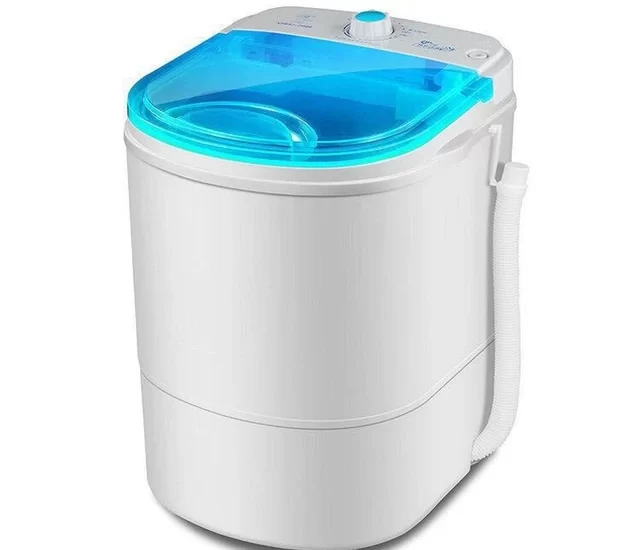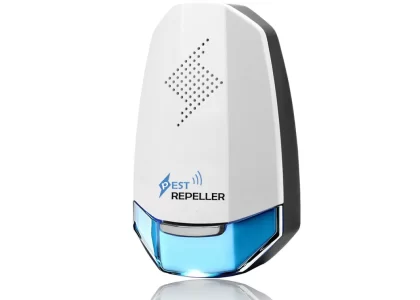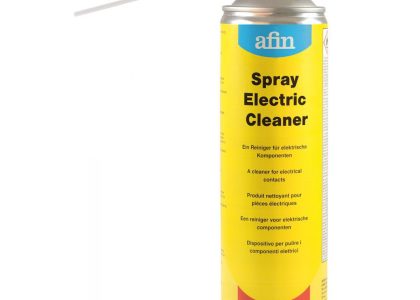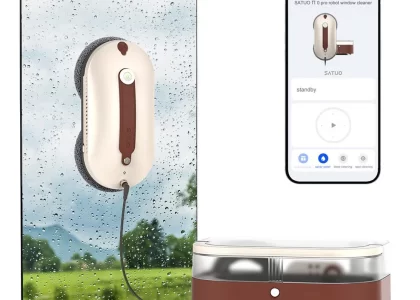 Introduction:
Introduction:
The question of whether or not to put shoes in the washing machine is a common one. While it may seem convenient, it is important to consider the material and construction of the shoes before attempting to wash them. In this article, we will explore the possibility of washing shoes in a washing machine and provide guidelines to help you make an informed decision. By understanding the potential risks and benefits, you can determine the best approach to cleaning your shoes effectively.
 Introduction to Washing Shoes in the Washing Machine
Introduction to Washing Shoes in the Washing Machine
Washing shoes in a washing machine offers convenience and potential benefits, but it is essential to assess the suitability of the shoes and ensure the machine settings are appropriate.
A. Material Considerations: Different shoe materials may react differently to the washing process and require alternative cleaning methods.
B. Washing Machine Suitability: The washing machine and its settings must be suitable for handling shoes without causing damage to the shoes themselves or the machine.
 Some common types of washing machines:
Some common types of washing machines:
There are several types of washing machines available, each with its own features and functionality. Here are some common types of washing machines:
Top-Load Washing Machine:
Top-load washing machines are the traditional and most common type. They have a lid on the top where clothes are loaded and typically feature an agitator in the center that helps to move and clean the clothes. These machines are generally more affordable and have a shorter washing cycle.
Front-Load Washing Machine:
Front-load washing machines have a door on the front through which clothes are loaded. They typically use a tumbling action, along with gravity and gentle water movement, to clean the clothes. Front-load machines are known for their energy efficiency and water-saving capabilities. They usually have larger capacities and offer more advanced features such as steam cleaning and a wider variety of wash cycles.
High-Efficiency (HE) Washing Machine:
HE washing machines are designed to use less water and energy. They are available in both top-load and front-load configurations, and are known for their efficient cleaning while using minimal resources. HE machines often have a special detergent requirement, as regular detergent may produce excessive suds.
Compact Washing Machine:
Compact washing machines are smaller in size, making them suitable for apartments, dorms, or small laundry rooms. They are available in both top-load and front-load variants and offer similar functionalities to standard-sized machines.
Portable Washing Machine:
Portable washing machines are compact and lightweight units that can be easily moved and stored. They typically have a smaller capacity and are ideal for outdoor use, camping trips, or situations where access to a traditional washing machine is limited.
Washer-Dryer Combo:
Washer-dryer combo machines combine the functionalities of a washing machine and a dryer into a single unit. These machines are convenient for smaller spaces where separate washer and dryer units are not feasible. However, they may have smaller capacities and longer drying times compared to stand-alone dryers.
When selecting a washing machine, consider factors such as the available space, capacity, energy efficiency, features, and budget. Each type of washing machine offers different advantages and it’s important to choose the one that best suits your needs and preferences.
 Assessing Shoe Material and Construction
Assessing Shoe Material and Construction
Before attempting to wash shoes in a washing machine, it is crucial to consider the material and construction of the shoes.
A. Fabric and Canvas Shoes: Many fabric and canvas shoes can withstand a gentle machine wash, but it is best to check the care instructions provided by the manufacturer.
B. Leather and Suede Shoes: Leather and suede shoes are generally not suitable for machine washing, as the water and agitation can damage the material.
Cleaning Guidelines for Machine-Washable Shoes
If your shoes are deemed suitable for machine washing, following these guidelines can help ensure a successful and safe cleaning process.
A. Preparing the Shoes: Remove any loose dirt or debris and untie or loosen laces before placing the shoes in the washing machine.
B. Protection and Preparation: It is advisable to place the shoes in a mesh laundry bag or pillowcase to protect them during the washing cycle.
C. Machine Setting Selection: Use a gentle or delicate cycle with cold water and select a mild detergent suitable for the shoe material.
D. Supporting the Shoes: Add towels or other soft items to balance the load and prevent excessive spinning or hitting of the shoes inside the machine.
Alternative Cleaning Methods for Non-Machine-Washable Shoes
For shoes that are unsuitable for machine washing, alternative cleaning methods can still help you keep them clean and fresh.
A. Spot Cleaning: Use a soft cloth or sponge with mild soap and water to gently spot clean problem areas or stains.
B. Hand Washing: For delicate shoes, hand washing using a gentle detergent and lukewarm water can be effective.
C. Brushing and Spot Treatments: For materials like leather or suede, brushing, and spot treatments with appropriate cleaning solutions can help maintain cleanliness.
Drying Shoes After Cleaning
Proper drying is crucial to prevent damage and maintain the shape of the shoes after cleaning.
A. Air Drying: Allow washed shoes to air dry naturally in a well-ventilated area, away from direct sunlight or heat sources.
B. Stuffing and Shape Preservation: To maintain shoe shape, stuff them with newspaper or shoe forms during the drying process.
Cleaning and Care Considerations for Specific Shoe Types
Different shoe types may require special cleaning and care considerations to maintain their quality and appearance.
A. Athletic Shoes: Check the shoe’s care instructions, as some athletic shoes can be machine washed, while others may need alternative cleaning methods.
B. Canvas Sneakers: Canvas sneakers are generally machine washable, but it is best to remove any detachable insoles before cleaning.
C. Leather Shoes: Leather shoes should be cleaned and conditioned using appropriate leather care products to avoid damage.
 Conclusion
Conclusion
While washing shoes in a washing machine can be a convenient method for cleaning certain shoe types, it is important to consider the shoe material and construction before attempting to do so. Fabric and canvas shoes are generally more suitable for machine washing, whereas leather and suede shoes require alternative cleaning methods. Carefully follow the guidelines for machine-washable shoes, including proper preparation, machine settings, and drying techniques. For non-machine-washable shoes, spot cleaning, hand washing, or using specific cleaning products can help maintain cleanliness. Always refer to the shoes’ care instructions and exercise caution to ensure that the cleaning process does not damage the shoes. With these considerations in mind, you can make an informed decision on whether machine washing is appropriate for your shoes and effectively clean them while preserving their quality.





